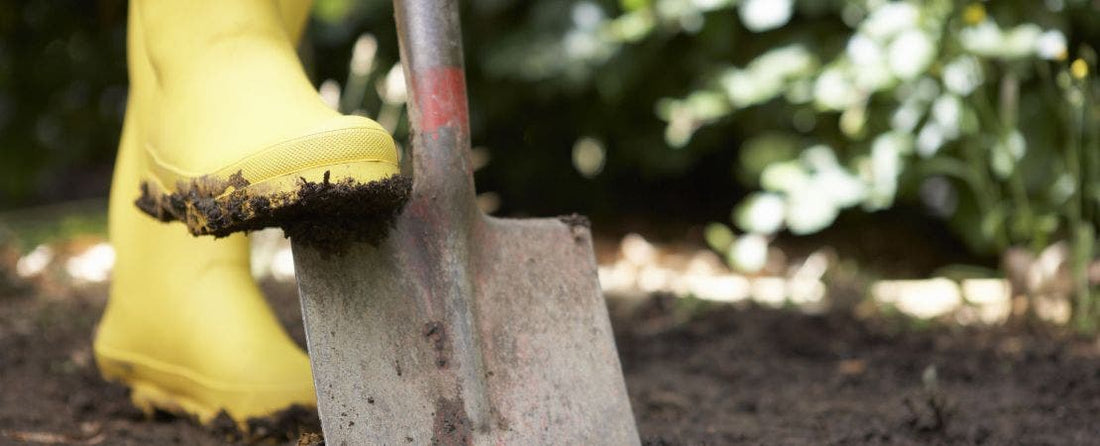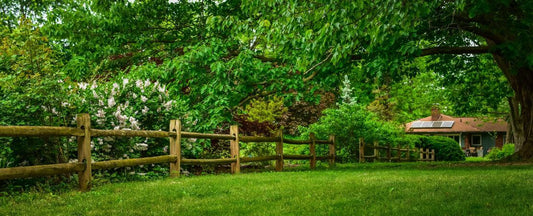Compacted Soil Can Hinder Plant Growth

Compaction Eliminates Air Pockets from Soil
When our plants fail we may blame everything from poor weather to vengeful squirrels, but sometimes the problem is right beneath our feet. Compacted soil could be the only thing standing in your way between you and a flourishing garden.
Compaction happens when too much pressure (from foot traffic, heavy structures, piles of debris or snow etc.) crushes the tiny pockets of air out of the soil leaving dense, suffocating dirt that plant roots cannot easily penetrate. Air and nutrients do not move well in ground that is tool solid so tough turf = tough life for plants. Amending broken soil may not be easy, but it is worth it for a masterful yard and garden.
Preventing Compaction
That old saying “a pinch of prevention is worth a pound of cure” applies to just about every aspect of life and rings particularly true in the garden. Dealing with a hard lawn is laborious and while this advice is frustrating the best way to deal with this problem is to not let it happen in the first place. Ways to avoid compacting your yard are:
- Avoid walking on planting areas. Stay on the walkways and garden paths, even if there’s nothing planted there right now, if you plan to use that land in the future it's best to keep yourself, pets and heavy lawn ornaments off of it in the meantime.
- Don’t Over-till. Don’t work the ground when its highly saturated either.
- Encourage earthworms in your garden. They naturally weave air and organic waste into the soil to keep it loose and healthy.
- Use organic matter whenever possible in your planting areas. Not only is it good nutrition for your greenery but it keeps the ground breathable.
Treating Compaction
There are 3 ways to treat hard soil:
- Amend – improve the quality of the soil with sand, compost and peat moss. Aerate whenever possible. Gypsum is also a good way to loosen the soil.
- Replace – digging out unusable soil and replacing it with good ground is an extreme measure and should only be a last resort.
- Bury – This may seem counter intuitive layering a few inches of topsoil unto the trouble spots in the lawn and then adding shallow rooting plants can help slowly soften the ground beneath. This works best with worms because they will pull the topsoil deeper into the bad soil while adding castings (worm poop) and air into the earth.
If all else fails and you’re just ready to enjoy garden life without all the hassle our lovely and durable planters for container gardening are another great option. They take up less time and space and soil amending is contained.


